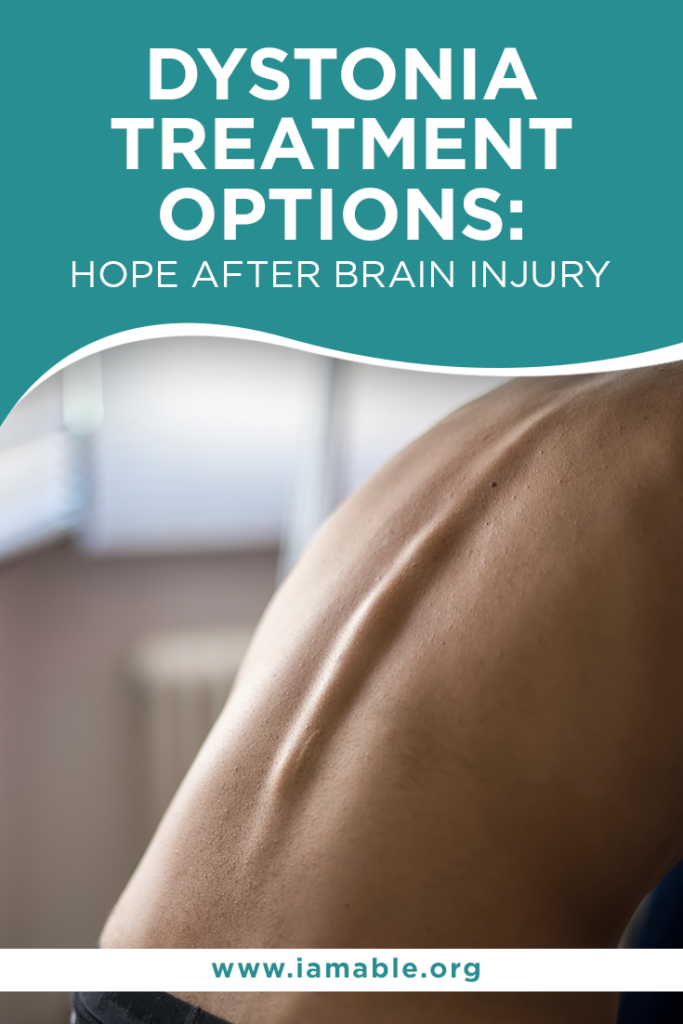Miami, FL 33186

At our neuro rehab center in Miami, FL, we have cared for many patients with dystonia. Dystonia affects thousands of people, including renowned personalities. World-famous classical pianist Leon Fleisher for one. Fleisher, once deemed a musical genius, got diagnosed with dystonia in 1964. He never lost hope and still pursued his love for music despite losing control of his right hand. In the 1990s, he regained function in his right hand, thanks to therapy and treatment.
Fleisher’s journey with dystonia brings hope to others with the same condition. Today, we’ll answer two essential questions surrounding this disorder. We’ll talk about possible reasons why you developed dystonia and ways to cope with this condition. At the end of the article, we’ll discuss how neurorehabilitation can reduce the effects of dystonia in your movements.
After an accident that resulted in a traumatic brain injury, you might notice some changes in your movement. You might suddenly experience uncontrollable shaking, repetitive twisting, and muscle spasms. These sudden involuntary movements might indicate that you have dystonia.
Simply put, dystonia is a disorder that affects your movements. This disorder develops from a disturbance of messages between the brain and the motor system of the body. Dystonia can arise due to several reasons. However, many health experts agree that this disorder stems from an issue in the basal ganglia.
The basal ganglia consist of different structures that control and coordinate movement in the motor structures of the body, which include your muscles and nerves. Suppose the basal ganglia got damaged due to the traumatic brain injury. Because of this injury, you can lose coordination and control of your movements.
Coping with dystonia is a continuous process. At our neuro rehab center in Miami, FL, we encourage our patients to actively deal with their condition, not to lose hope in the process.
Here are four different ways to cope with dystonia:
Dystonia does not only impact your body’s coordination but also affects your mental health. People with dystonia are prone to mental health disorders like depression and anxiety. You might feel hopeless and alone in your condition, but there are always people out there who can help you in your recovery.
Tell your family and other loved ones about the condition you are dealing with. Help them understand the challenges you face so that they’d know how to support you. You can also get in touch with a therapist who can help you manage your stress and provide clarity for emotions.
Your doctors might prescribe some medications to reduce contractions and other dystonia symptoms. Health providers usually recommend taking medicines that block certain neurotransmitters to lessen the spasms and other uncontrollable movements in your muscles. These prescriptions might include:
Ensure that you keep your doctor in the loop for any changes in your body from taking medications.
Surgery for dystonia might offer permanent results. Most cases of dystonia do not require surgical intervention. However, in extreme cases that put the survival of the individual on the line, their doctor might recommend that they go through surgery to correct the disorder. Pallidotomy is one example of surgical treatment for both dystonia and Parkinson’s disease.
Botox procedures can help reduce the pain and discomfort that comes along in severe cases of dystonia. Botox injections, given 3 or 4 times a year, can block the transmissions causing the tremors in the affected area.
Fleisher was one of the first dystonia patients to receive Botox treatment. Before treatment, the renowned pianist only used his left hand in playing. He also focused on conducting music. His successful treatment and physical rehabilitation led him to release his recording, Two Hands, forty years after getting diagnosed with dystonia.
Activity-based physical therapy, such as what we offer in our euro rehab center in Miami, FL, can provide long-lasting effects on movement. Since the leading cause of dystonia lies in the transmission of signals in your brain and body, training your body to move the way it did before can help the nerve pathways to recover and regain better function.
When describing traumatic injuries, people would often say that it results in a “life sentence.” It’s humbling to think that a single injury can alter your entire life. However, with the right help and treatment, dystonia does not have to be a life sentence.
Each traumatic injury is different from the others. You might have symptoms that others don’t. The varying experiences directly translate to different levels of care for individuals who have this condition. Hence, each dystonia patient should receive personalized rehabilitation programs in order to heal.
Many dystonia patients at our neuro rehab center in Miami, FL discovered that reading books helped them heal. For example, our ebook, 7 Unbelievably Important Steps to Take to THRIVE after Paralysis, has provided them guidance and hope.
Words of encouragement, alongside rehabilitation, are what you exactly need during your healing. You can still live a normal everyday life by taking control of dystonia. iAM Able can help you in your journey to recovery.
Grab our free e-book 7 Unbelievably Important Steps to Take to THRIVE after Paralysis by clicking the image below.
